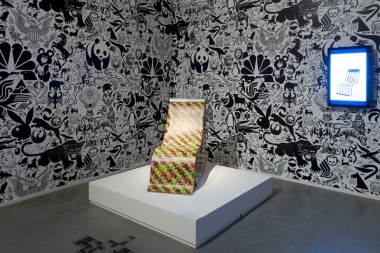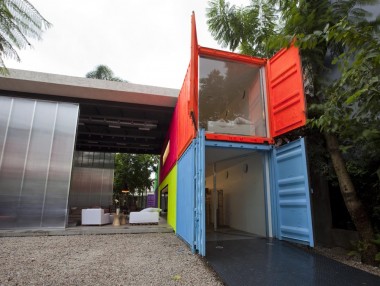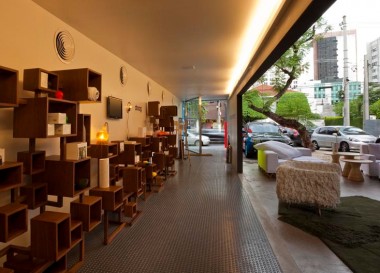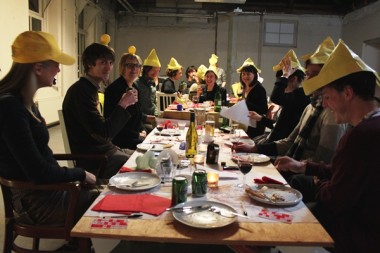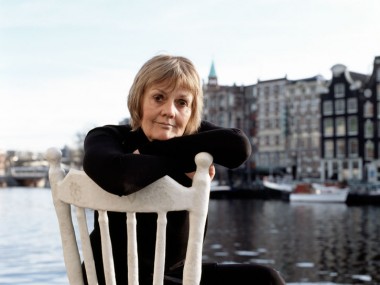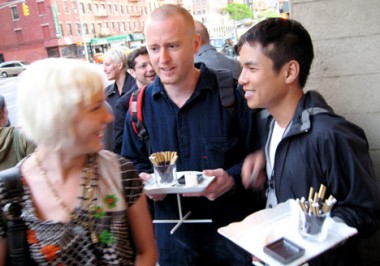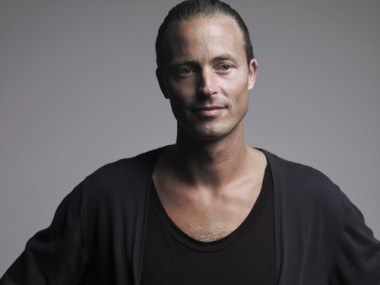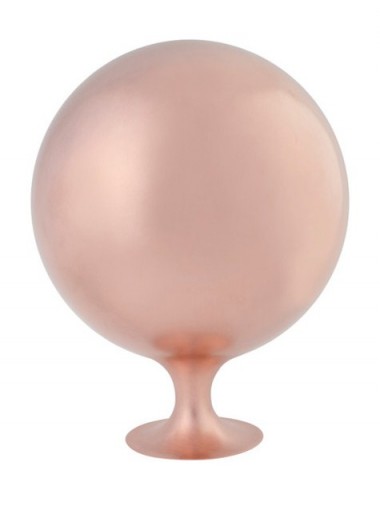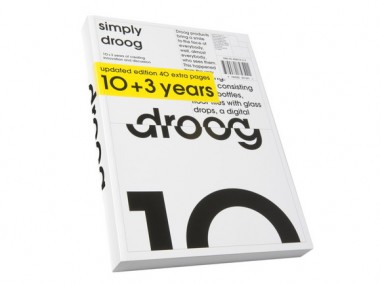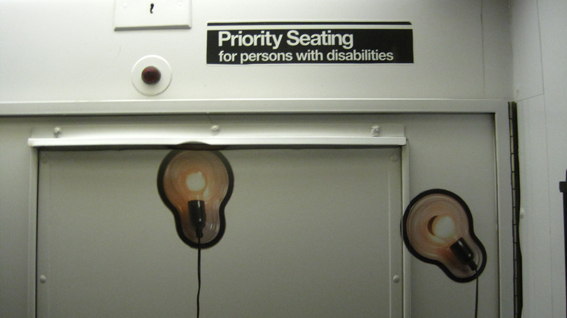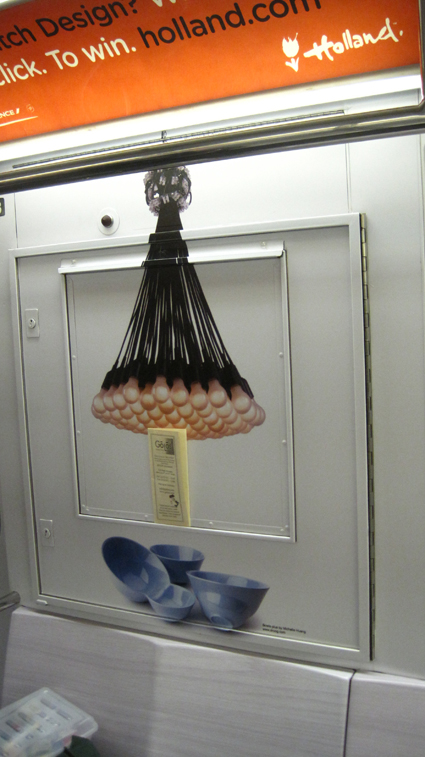Renny Ramakers is guest editor for Jotta
Renny Ramakers is this week’s guest editor of Jotta.com. Here is an interview with Renny by Millie Ross and Chloe Spiby-Loh.
Renny Ramakers is the co-founder and director of Droog, a conceptual design company based in Amsterdam. Trained as an Art historian, in 1993 Ramakers decided to initiate projects which have since stretched the borders of design thinking. In celebration of Droog’s design for German disco DJ, Tensnake’s new album, Ramakers talks to jotta about the progressive ideas that define a design company as renowned as Droog. In keeping with Droog’s democratic ethos we asked 4 designers of different mediums, illustration, product, architecture and graphics, to ask the questions.
jotta: How would you describe the Droog aesthetic?
RR: The Droog aesthetic comes from content. It is straightforward but not minimalistic. It is both less and more (less aesthetic extras and more content). The Droog aesthetic is always open to changing.
jotta: How does Tensnake’s music align with the Droog design philosophy, and how did you approach the design coneptually?
RR: It’s not a collaboration, it’s a client, so it is not necessary that the two philosophies align. It’s more important that we can add to each other’s body of work. Responding to Tensnake’s layered approach to producing music and his love of African pattern motifs, the design features a series of artworks of superimposed found African patterns. The outer cover has been cut and folded to into a geometric pattern based on the idea of reptile skin scales. Just as a reptile’s scaled skin allows bright skin to be concealed beneath the scales, the white cover offers only a glimpse of its blue underside and the artwork selected by the user beneath it.

Dave Cuvelot: In your opinion what makes design such a powerful tool?
RR: It can bring an unexpected angle to a problem area. Design always depends on other industries and expertise, which are just as important. Continue reading “Renny Ramakers is guest editor for Jotta”

